2021 Ceremony
The Awards Ceremony honoring the 2021 Ernest O. Lawrence Award Laureates was held on Thursday, September 22, 2022, in the Large Auditorium of the DOE James V. Forrestal Building in Washington, DC.
The ceremony program is available here.
A recording of the ceremony proceedings is available here.
Additional remarks from each of the 2021 Lawrence Award Laureates are available here.
The Ernest O. Lawrence Awards are Secretarial awards, recognizing mid-career U.S. scientists and engineers for exceptional scientific, technical, and engineering achievements related to the broad missions of the U.S. Department of Energy and its programs. The awards are among the longest running and most prestigious science and technology awards bestowed by the U.S. Government.
The award was conferred upon 10 distinguished scientists in nine areas:

Matthew C. Beard (National Renewable Energy Laboratory) - Atomic, Molecular, and Chemical Sciences
For groundbreaking research providing understanding and control of solar photochemical processes, interfacial phenomena, and next-generation photovoltaics, including nanoscale and organic-inorganic hybrid systems.
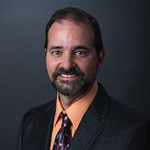
Luis Chacón (Los Alamos National Laboratory) - Fusion and Plasma Sciences
For seminal contributions in multiscale algorithms for fluid, kinetic, and hybrid simulation of plasmas, enabling scientific breakthroughs in fast magnetic reconnection and self-organization in magnetic fusion systems, and in reactivity degradation in inertial fusion systems.
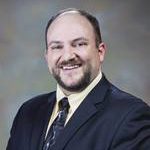
Andrew J. Landahl (Sandia National Laboratories and University of New Mexico) - Computer, Information, and Knowledge Sciences
For groundbreaking contributions to quantum computing, including the invention of transformational quantum error correction protocols and decoding algorithms, for scientific leadership in the development of quantum computing technology and quantum programming languages, and for professional service to the quantum information science community.

Jennifer Pett-Ridge (Lawrence Livermore National Laboratory and University of California, Merced) - Biological and Environmental Sciences
For pioneering work in quantitative microbial ecology and leadership in developing and applying isotopic tools that help us discover and quantify how changing climate shapes the roles of microorganisms and plants in environmental biogeochemical cycles.

Sofia Quaglioni (Lawrence Livermore National Laboratory) - Nuclear Physics
For seminal contributions unifying the theory of structure and reactions of light nuclei, providing predictive capability critical for understanding inertial fusion and nuclear astrophysics, and for pioneering applications of quantum device simulations for nuclear dynamics.


Philip C. Schuster (SLAC National Accelerator Laboratory and Stanford University) and Natalia Toro (SLAC National Accelerator Laboratory and Stanford University) - High Energy Physics
For originating new fields of study with pioneering innovative searches for Dark Sectors using high-intensity particle beams and the invention of Simplified Models for new physics searches at the Large Hadron Collider.
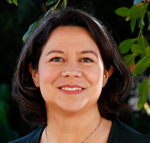
Rachel A. Segalman (University of California, Santa Barbara) - Condensed Matter and Materials Sciences
For significant fundamental materials science and engineering contributions to self-assembly and structure-property relationships in functional polymer systems, with specific applications to photovoltaic, thermoelectric, and membrane technologies.
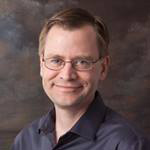
Daniel B. Sinars (Sandia National Laboratories) - National Security and Nonproliferation
For pioneering development of seminal x-ray diagnostics and their innovative application to z-pinch implosions that transformed the experimental capabilities on the Z pulsed power facility and enabled novel, record-breaking platforms supporting our nation’s nuclear security.
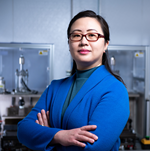
Jie Xiao (Pacific Northwest National Laboratory and University of Washington) - Energy Science and Innovation
For significant scientific contributions in integrating materials science and electrochemistry across scales to advance both the state of science and the state of technology in emerging electrochemical energy storage systems.


